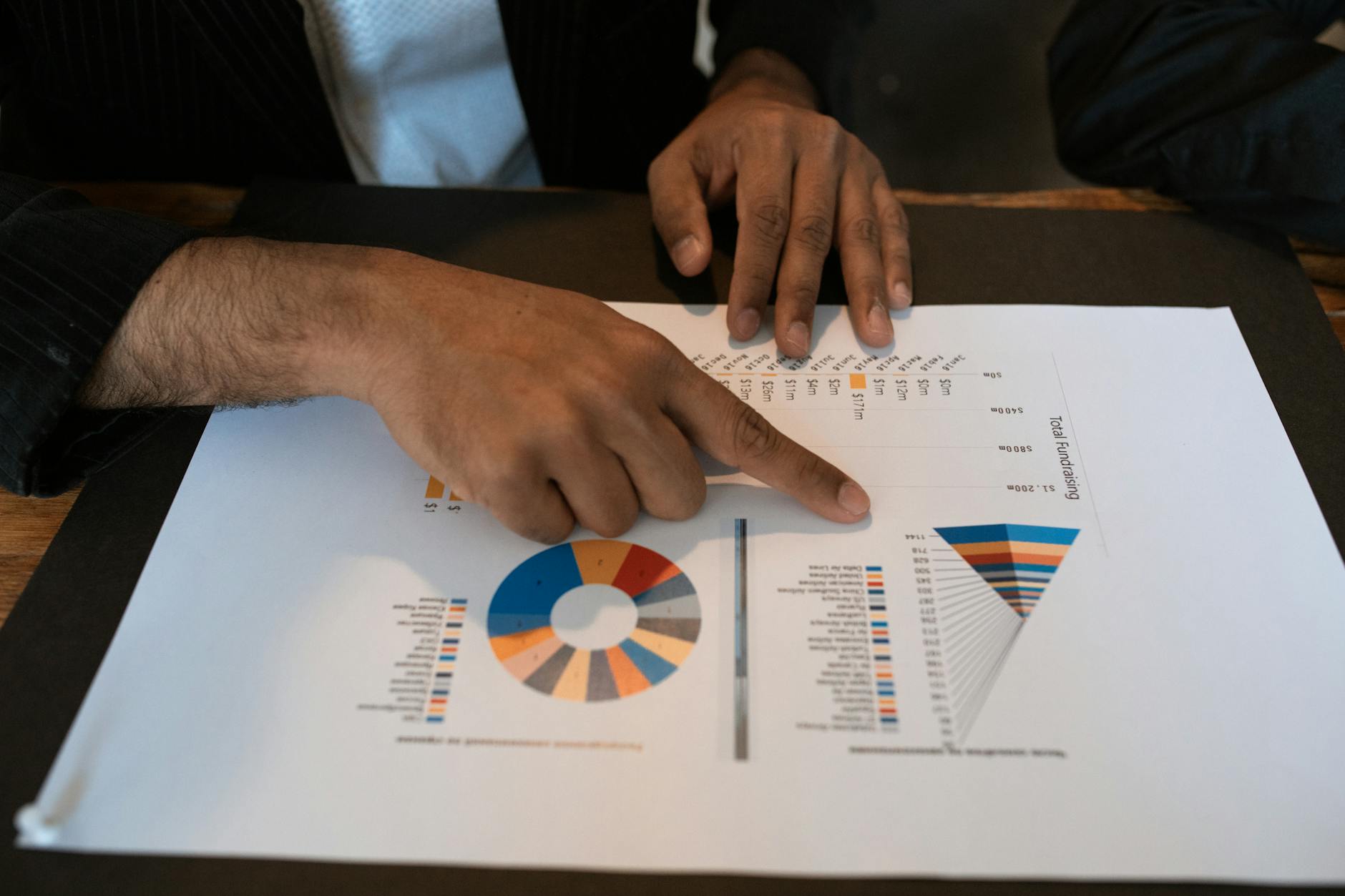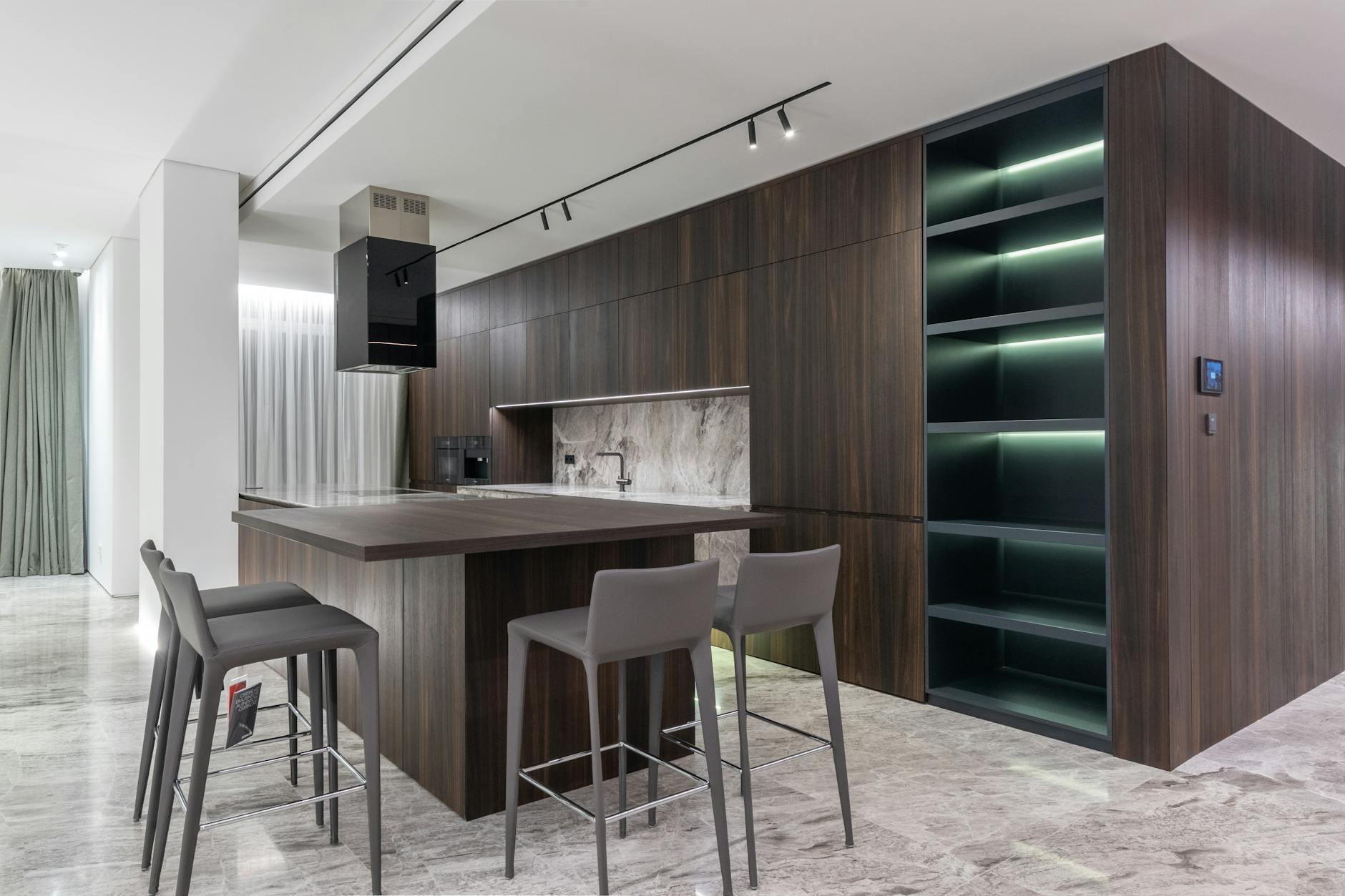Thinking about hiring an interior designer to transform your living space? It’s a big decision, but with the right approach, you can achieve stunning results and a home that truly reflects your style. This guide will walk you through the process of working with an interior designer, ensuring a smooth and successful collaboration.
Finding the Right Designer
The first step is finding a designer whose style aligns with yours. Look at their portfolios online; sites like Houzz and Pinterest are great resources. Read reviews and check for professional certifications. Consider their communication style – do you feel comfortable talking to them? A good rapport is essential for a successful project. 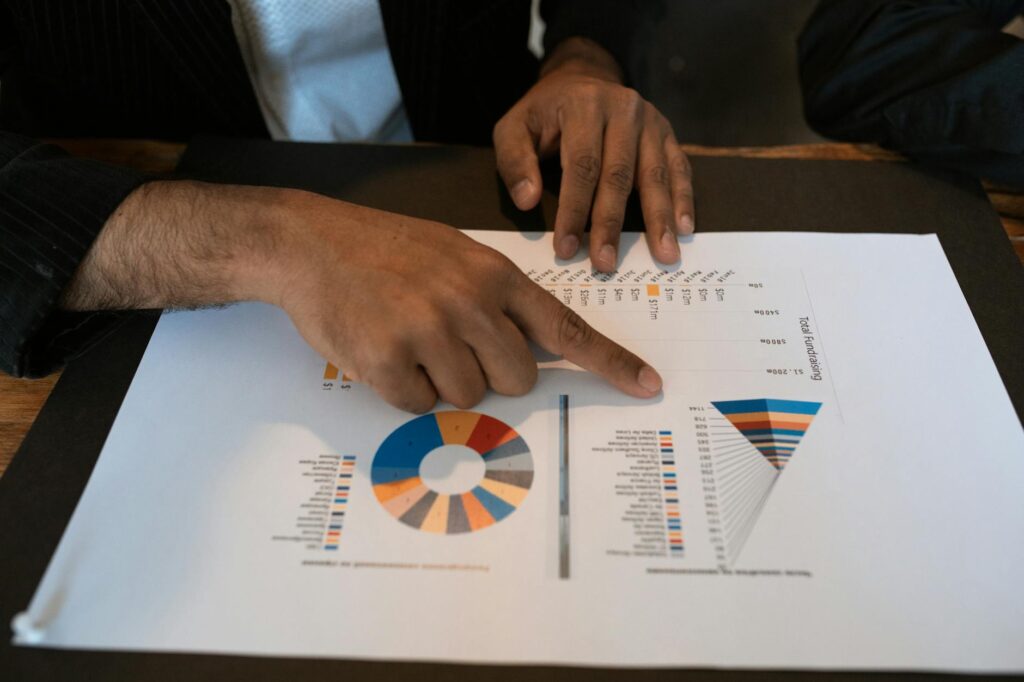
Setting a Budget and Expectations
Before you begin, establish a clear budget. Interior design projects can range widely in cost, so be upfront about your financial limitations. Discuss your goals with the designer – are you aiming for a complete overhaul or just a few key updates? Creating a mood board together can help you visualize your dream space. Defining your expectations early prevents misunderstandings later on. Learn more about budgeting for interior design projects.
The Design Process: Collaboration is Key
The design process usually involves several stages. Your designer will likely create initial sketches and 3D renderings to give you a visual representation of the proposed changes. This is where you provide feedback and make adjustments. Remember, it’s a collaboration! Don’t hesitate to express your preferences and concerns. Open communication is vital. 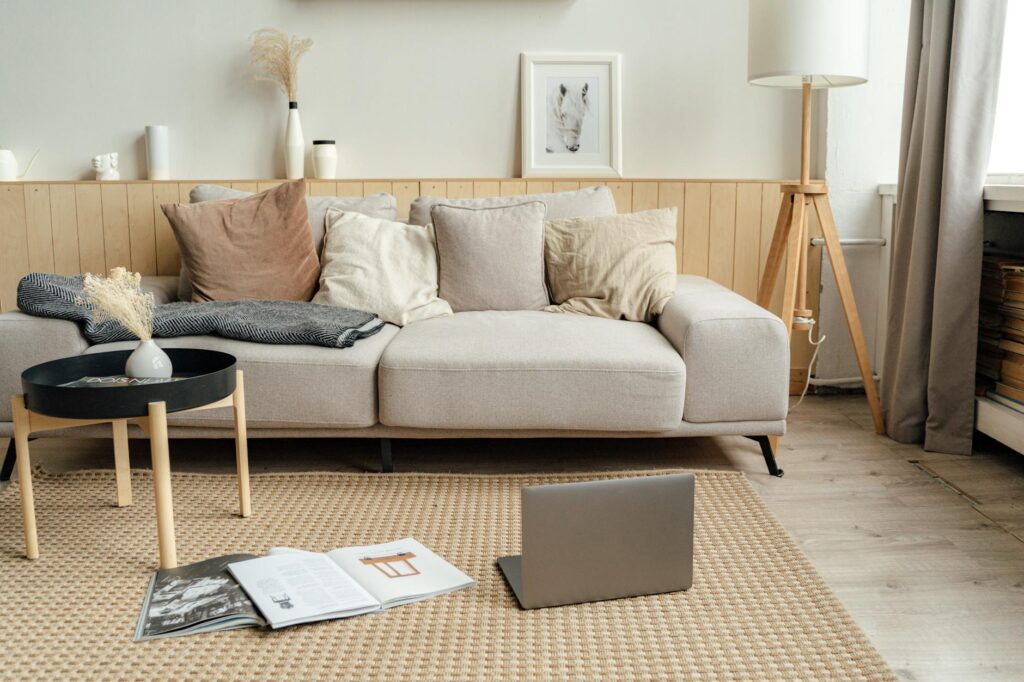 Active participation ensures the final product meets your vision.
Active participation ensures the final product meets your vision.
Material Selection and Sourcing
Once the design is finalized, the next step involves selecting materials, furniture, and fixtures. Your designer can guide you through this process, helping you find pieces that match your style and budget. They may have access to exclusive sources and can help you navigate the vast world of home decor. Explore our guide to sustainable interior design choices. Consider exploring online resources like Etsy for unique finds.
Project Management and Installation
A good interior designer manages the entire project from start to finish, overseeing timelines, contractors, and installations. This ensures everything runs smoothly and on schedule. Their expertise will save you time and potential headaches. They will also be there to offer support and problem-solving throughout the process. 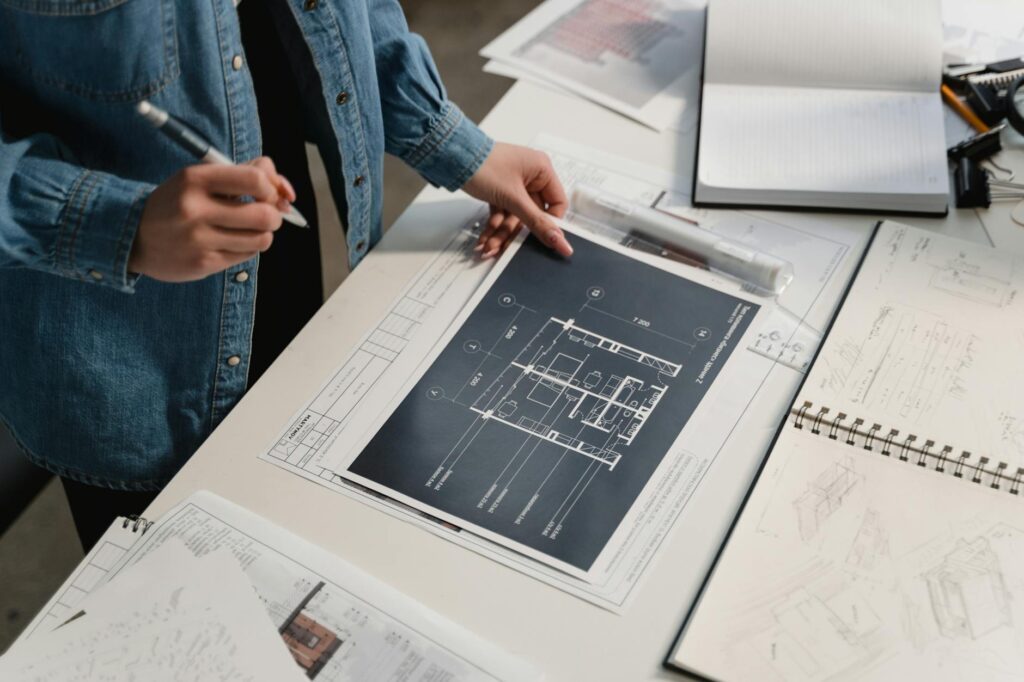
Conclusion
Working with an interior designer can transform your living space beyond your expectations. By following these steps, you can create a truly stunning and functional home that reflects your unique style. Remember that clear communication and a collaborative approach are key to a successful partnership. Read more about the benefits of hiring a professional interior designer.
Frequently Asked Questions
What is the average cost of hiring an interior designer? The cost varies greatly depending on the scope of the project, the designer’s experience, and your location. It’s best to discuss this upfront.
How long does an interior design project typically take? This also depends on the complexity of the project, but you can expect it to range from a few weeks to several months.
How do I know if a designer is right for me? Look at their portfolio, read reviews, and most importantly, ensure you feel comfortable communicating with them and that their style aligns with yours.
What if I don’t like the initial design? It’s a collaborative process! Don’t hesitate to provide feedback and work with the designer to make adjustments until you are happy with the design.
Do I need to be present during the entire process? While your input is crucial at key stages, the designer will manage much of the project, minimizing the time you need to dedicate.

